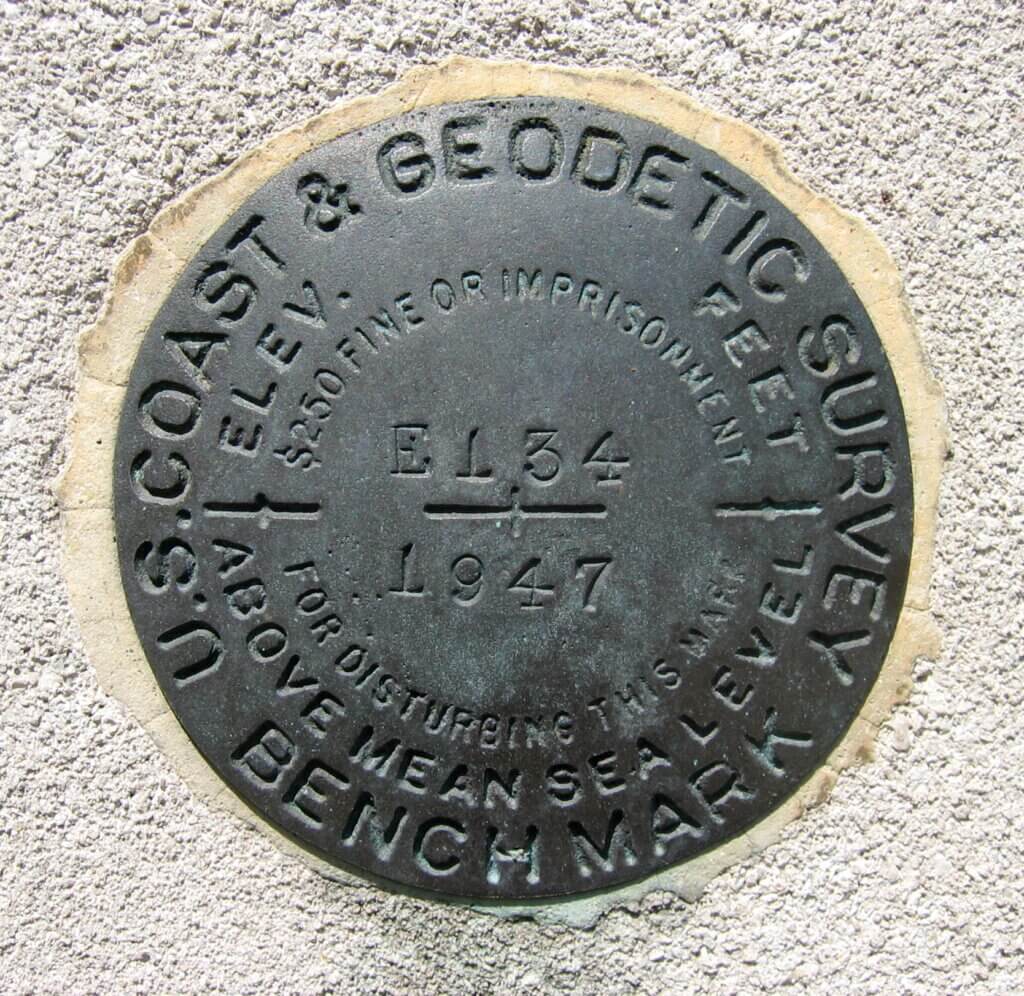
Measurement constitutes a vital component of science, emphasizing precision and accuracy significantly. Nonetheless, a considerable number of routine measurements are founded on conventions that may be rather arbitrary. This article examines the essence of some of these conventions, using the measurement of time as a case study.
Time, as a measure, is primarily rooted in historical conventions. The partitioning of a day into 24 hours can be traced back to ancient Egypt, where the night was segmented into 12 parts based on the appearance of certain stars, known as decans. This division was carried over to daytime, establishing a 24-hour cycle. These sections, termed temporal or seasonal hours, fluctuated in length throughout the year. The idea of equal, equinoctial hours was not widely embraced until much later, and even this arrangement of 24 equal hours each day is fundamentally an arbitrary choice.
The segmentation of hours into 60 minutes and minutes into 60 seconds originates from the ancient Babylonian sexagesimal (base 60) number system. The fractions arising from this system, along with their Latin titles – “pars minuta prima” (first small part) and “pars minuta secunda” (second small part) – provide our current definitions of minutes and seconds. These too are fundamentally arbitrary conventions.
Historical efforts to reform these conventions, such as the French Revolutionary calendar, which introduced a decimal time structure featuring 20-hour days, were unsuccessful. The determination of when a day commences – whether at midnight, dawn, noon, or dusk – also varies across cultures and historical contexts, adding yet another dimension of conventional decision-making.
Aside from time, the geographic coordinate system of latitude and longitude depends on conventions as well. The Earth, not entirely a perfect sphere, is segmented into 360 degrees, reflecting Babylonian influence once again. While latitude is inherently fixed, the positioning of the Prime Meridian is arbitrary, selected by diplomatic agreement rather than natural indicators.
Ultimately, measuring altitude necessitates establishing sea level, a concept itself based on numerous assumptions. This measuring method starts with setting a baseline – which shifts according to tidal changes and geographical context – making sea level a composite of technically computed averages over time rather than a definitive natural measure.
These instances reveal how profoundly measurement in science and everyday life is influenced by culturally derived conventions. While scientific measurement aims for accuracy and precision, many systems we utilize today have evolved from historical practices and continue to be shaped by arbitrary decisions.